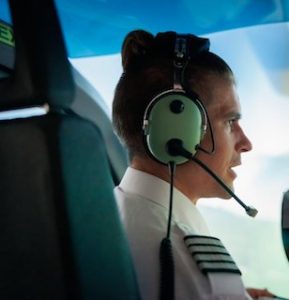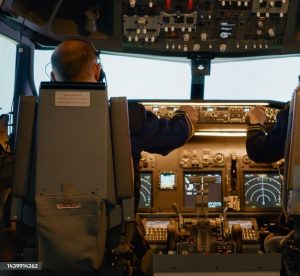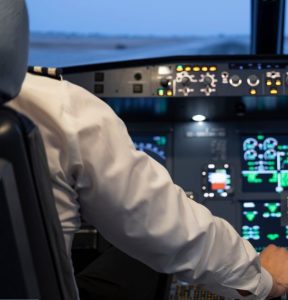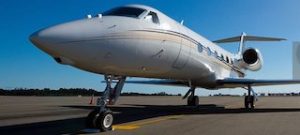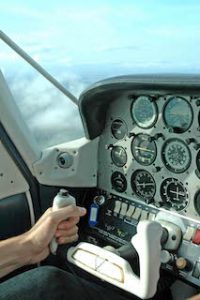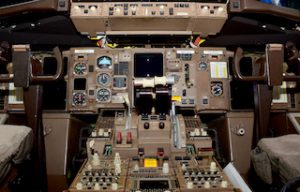Line Oriented Flight Training Revolutionises Pilot Training

Line Oriented Flight Training represents a pivotal advancement in pilot training methodologies, designed to improve flight safety, efficiency, and overall pilot performance. This innovative approach integrates realistic scenarios into training programs, offering pilots a more comprehensive and practical learning experience. By simulating real-world operational conditions, LOFT ensures that pilots are better prepared to handle the complexities of modern aviation.
What is Line Oriented Flight Training?
Line Oriented Flight Training is a training technique that focuses on replicating actual flight operations and procedures in a controlled environment. Unlike traditional flight training, which often emphasizes individual maneuvers and isolated skillsets, LOFT provides pilots with a holistic view of flight operations. This method incorporates realistic scenarios that pilots might encounter during their careers, such as adverse weather conditions, equipment malfunctions, and air traffic control interactions.
LOFT scenarios are designed to challenge pilots’ decision-making skills, resource management, and crew coordination. By immersing pilots in these high-fidelity simulations, LOFT helps them develop a deeper understanding of how to manage complex flight situations and make informed decisions under pressure.
Benefits of Line Oriented Flight Training
- Enhanced decision-making skills: One of the primary benefits of LOFT is the development of advanced decision-making skills. Pilots are exposed to various scenarios that require them to make critical decisions based on real-time information. This training helps pilots refine their judgment and learn how to prioritise tasks effectively, which is crucial for handling emergency situations and ensuring safe flight operations.
- Improved crew resource management: LOFT emphasises the importance of Crew Resource Management (CRM), which involves the effective use of all available resources, including human, hardware, and information resources. By practicing in a simulated environment, pilots learn how to communicate efficiently with their crew members, manage workload, and collaborate effectively to achieve optimal flight outcomes.
- Realistic operational experience: Traditional training methods often lack the realism needed to fully prepare pilots for the challenges of actual flight operations. LOFT bridges this gap by providing a realistic training environment where pilots can experience the dynamics of real-world flying. This immersive experience helps pilots build confidence and competence in handling various flight scenarios.
- Increased safety awareness: Safety is a paramount concern in aviation, and LOFT plays a crucial role in enhancing safety awareness among pilots. By simulating potential hazards and emergency situations, LOFT prepares pilots to respond promptly and effectively. This proactive approach to safety training contributes to reducing the likelihood of accidents and incidents.
- Adaptability to modern aviation challenges: The aviation industry is constantly evolving, with new technologies, regulations, and operational procedures emerging regularly. LOFT helps pilots stay current with these changes by incorporating the latest industry developments into training scenarios. This adaptability ensures that pilots are well-prepared to operate in a dynamic and ever-changing aviation environment.
Implementing Line Oriented Flight Training
Integrating LOFT into a pilot training program requires careful planning and execution. Flight training organizations must design realistic scenarios that reflect the operational environment in which pilots will be flying. This involves collaboration between experienced pilots, flight instructors, and simulation experts to create scenarios that are both challenging and relevant.
Training programs should also incorporate regular feedback and debriefing sessions to help pilots analyze their performance and identify areas for improvement. Continuous evaluation and refinement of LOFT scenarios are essential to ensure that the training remains effective and aligned with industry standards.
Future of Line Oriented Flight Training
As technology continues to advance, the future of Line Oriented Flight Training looks promising. Innovations in simulation technology, artificial intelligence, and data analytics are expected to enhance the realism and effectiveness of LOFT scenarios. These advancements will provide pilots with even more immersive and realistic training experiences, further improving flight safety and operational efficiency.
In conclusion, Line Oriented Flight Training represents a significant leap forward in pilot training methodologies. By offering a realistic and immersive training environment, LOFT equips pilots with the skills, knowledge, and confidence needed to excel in the complex world of aviation. As the aviation industry continues to evolve, LOFT will remain a critical component in shaping the next generation of skilled and safety-conscious pilots.

